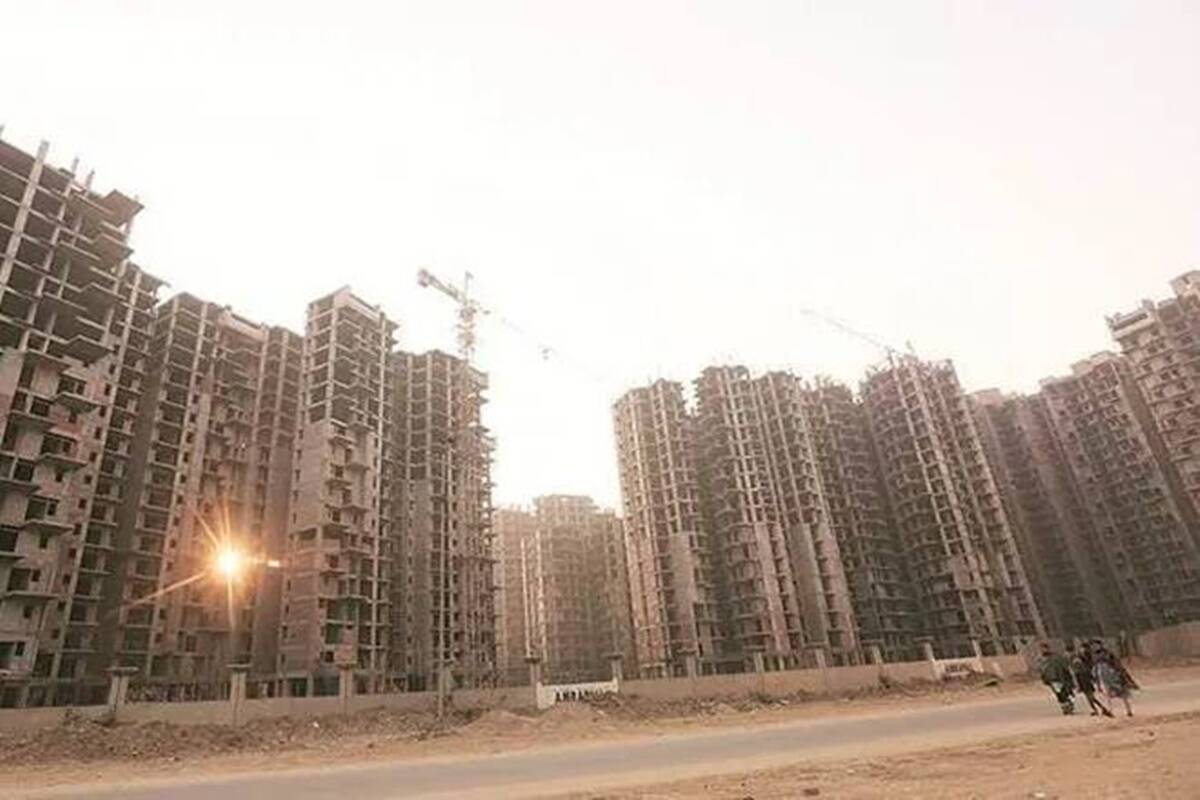Real regulation: Need to plug the gaps in the RERA regime
Closure in the present matter took nine years—the construction was first challenged in the courts in 2012.
Closure in the present matter took nine years—the construction was first challenged in the courts in 2012.

The Supreme Court struck one for homebuyers’ rights in upholding the Allahabad High Court’s 2014 order to demolish two apartment “towers” violating construction by-laws in a housing project in Noida. The disputed construction in real-estate concern Supertech’s Emerald Court project, challenged by homebuyers in the original project, breached provisions of the Uttar Pradesh Apartments Act that govern ventilation, natural light and fire safety. The Supreme Court has ordered the developer to demolish the semi-constructed towers in a safe manner (supervised by the New Okhla Industrial Development Authority, or NOIDA) within three months and refund buyers within two months.
Importantly, the apex court has also come down heavily on NOIDA officials. Justice DY Chandrachud, hearing the case along with Justice MR Shah, has said that there are repeated instances of collusion between the authorities and the developer; in a hearing earlier this month, the SC had even observed that NOIDA (the authority) was “reeking of corruption”. Following the latest order, the UP government has instructed the relevant authorities to investigate NOIDA officials involved and penalise those guilty.
Closure in the present matter took nine years—the construction was first challenged in the courts in 2012. To that end, the Centre’s Real Estate (Regulation and Development) Act that completes five years of enactment and the states’ respective Real Estate Regulatory Authority (RERA) were supposed to make resolution of real-estate disputes faster and guard against violation of construction-related laws. While a Moneylife Foundation-HDFC (MF-HDFC) report earlier this year termed RERA a game-changing legislation, the fact is that there still a long way to go, especially in terms of dealing with enforcement challenges that could rob it of its bite.
As per the Centre’s dashboard, 68,550 real estate projects are registered under RERA, as are 53,550 real estate agents, while some 72,363 disputes have been resolved by states’ RERAs. However, the progress so far leaves a lot of room for improvement—there are still a handful of states that are yet to set up their respective RERAs, a clutch of court judgments have left the legislation playing the second fiddle in the real estate sector, and there are weaknesses in the Act itself. The SC recently ruled that, in case of conflict with the Insolvency and Bankruptcy Code (IBC), the insolvency law will prevail over RERA, meaning RERAs will be merely one of the regulatory authorities in the real-estate space, not the sole or binding one.
In Imperia Structured vs Anil Patni, the apex court ruled that RERA can’t trump the jurisdiction of consumer-protection fora, and the legislative intent was to merely present the authority as one of the options before a real-estate consumer. Some experts even believe such rulings have led to a de facto narrowing of the Act’s remit, making it one that is primarily about deciding quantum of compensation for project delays. Meanwhile, Section 3 (2) that leaves small projects out is something that could allow illegal, unsafe construction to go unregulated. A RERA also can do little when authorities collude with players. The gaps, therefore, need urgent plugging.
https://www.financialexpress.com/opinion/real-regulation-need-to-plug-the-gaps-in-the-rera-regime/2322218/